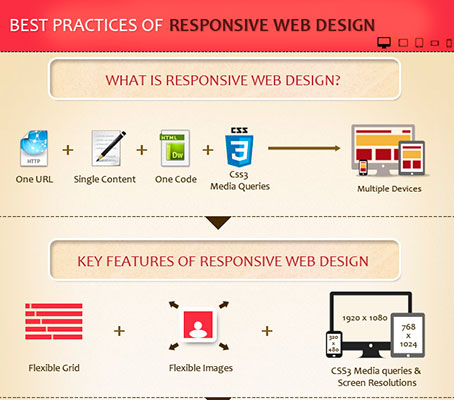Eager To Uncover Just How Internet Site Design Has Changed Over Time? Dive Into The Advancement From Simpleness To User-Focused Experiences.
Eager To Uncover Just How Internet Site Design Has Changed Over Time? Dive Into The Advancement From Simpleness To User-Focused Experiences.
Blog Article
Content Produce By-Dalrymple Wong
In the past, web sites were simple and focused on information. Navigation was direct, and design was for desktop computers. Currently, customer experience is crucial. Information guides layouts for easy navigation. Receptive designs fit different devices. Today, dark setting minimizes strain, and minimal menus enhance navigating. informative post engage individuals, and vibrant visuals attract attention. AI integration increases involvement. See just how layout has actually advanced to boost your on-line trip.
Early Days of Website Design
In the early days of web design, simplicity preponderated. Web sites were basic, with limited shades, fonts, and formats. The emphasis got on supplying information rather than showy visuals. Customers accessed the web through slow-moving dial-up links, so rate and performance were essential.
Navigation food selections were straightforward, usually located on top or side of the page. Internet sites were developed for computer, as mobile browsing wasn't yet common. Material was king, and designers focused on simple readability over intricate design aspects.
HTML was the key coding language utilized, and developers needed to work within its constraints. Computer animations and interactive features were marginal compared to today's standards. Sites were fixed, with little dynamic web content or personalized individual experiences.
Rise of User-Focused Design
With the development of web site design, a shift towards user-focused design principles has come to be progressively popular. Today, creating web sites that prioritize user experience is essential for involving site visitors and accomplishing service objectives. User-focused design involves recognizing the requirements, preferences, and behaviors of your target market to customize the website's layout, content, and features appropriately.
Developers now carry out complete study, such as customer surveys and usability testing, to collect insights and feedback straight from individuals. This data-driven technique aids in developing intuitive navigating, clear calls-to-action, and visually enticing interfaces that resonate with visitors. By positioning the individual at the facility of the design process, websites can supply a more tailored and enjoyable experience.
Receptive style has actually additionally become a vital facet of user-focused layout, making certain that websites are optimized for numerous gadgets and display sizes. This adaptability improves availability and usability, dealing with the diverse means individuals communicate with internet sites today. Fundamentally, the rise of user-focused layout represents a change towards creating electronic experiences that prioritize the requirements and expectations of the end user.
Modern Trends in Web Design
Explore the most up to date patterns forming website design today. One popular fad is dark setting layout, providing a smooth and modern look while reducing eye stress in low-light settings. Another essential pattern is minimalist navigating, simplifying food selections and enhancing user experience by concentrating on essential elements. Integrating micro-interactions, such as animated buttons or scrolling effects, can develop a more engaging and interactive internet site. Responsive layout stays vital, making sure seamless user experiences across various tools. Furthermore, using strong typography and asymmetrical layouts can add visual passion and draw attention to particular content.
Integrating AI innovation, like chatbots for client support or personalized referrals, boosts user involvement and simplifies processes. Access has additionally end up being a substantial pattern, with designers focusing on inclusive design methods to deal with varied customer requirements. Welcoming sustainability by enhancing internet site efficiency for speed and performance is an additional emerging trend in web design. Collaborating with user feedback and data analytics to iterate and improve style continuously is necessary for remaining pertinent in the ever-evolving digital landscape. By welcoming these contemporary trends, you can produce a visually attractive, easy to use web site that resonates with your audience.
more resources
As you assess the development of site layout from the very early days to currently, you can see how user-focused style has become the driving force behind modern patterns.
Embrace the trip of adjustment and adaptation in website design, constantly maintaining the individual experience at the center.
Stay current with the latest trends and innovations, and never ever quit advancing your approach to produce visually stunning and straightforward sites.
Advance, adjust, and produce - the future of website design remains in your hands.
